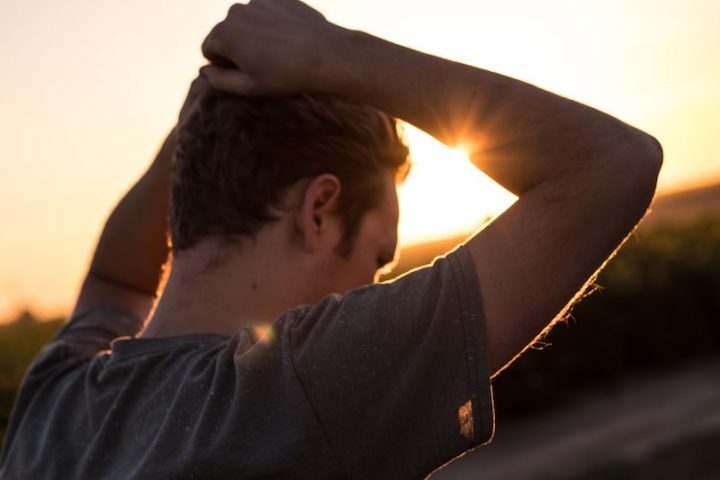
PCP is a popular hallucinogenic drug, with more than 5.6 million people in the USA saying they have used a hallucinogen like PCP or similar in the last year. But it comes with many dangerous side effects, particularly from long-term use.
If you suspect someone you care about may be struggling with a PCP addiction, it helps to know the signs. Below, we walk you through everything you need to know about PCP, from what it is to PCP symptoms.
PCP stands for phencyclidine and is a schedule II drug. This drug was used in the 1950s as an anesthetic for surgery before the adverse side effects were widely known. Much like ketamine, the drug is a dissociative anesthetic.
It goes by a lot of street names, including:
These various street names refer to the method by which you take PCP. For example, Angel Dust refers to taking PCP in a pure form, while killer joints refer to dipping marijuana cigarettes in a PCP liquid and smoking them. People using PCP may snort, inject, smoke, or swallow the drug to get high.
PCP most often comes in the form of a white powder. Like cocaine, the whiter the powder, the purer and stronger the drug.
Often the color of PCP can range to a darker brown. This coloring results from untreated chemicals such as fentanyl within the powder which can cause far more severe effects.
When users take PCP, they may experience delusions, hallucinations, and out-of-body experiences. Users may also lose consciousness and memory loss.
There are many different signs that someone is abusing PCP. Many of these are the same signs of any substance use disorder. You can see a complete list of criteria here.
For PCP abuse specifically, you can look for the following paraphernalia, physical signs and behavioral signs.
Paraphernalia just means the equipment someone uses to take a particular drug. As there are so many different ways to take PCP, there are many potential pieces of paraphernalia you can look out for.
Unlike other drugs, when you smoke PCP, you don’t use a pipe. The drug is dissolved in alcohol or water to create a liquid and stored in a dropper bottle to add to a cigarette or marijuana cigarette later. This liquid is most often light yellow.
Meanwhile, for injection, paraphernalia would include syringes, cotton balls, and a band or belt.
Physical signs can vary quite widely depending on the strength and method of administration. In general, you should look out for:
PCP causes erratic and unusual behavior. Like the physical signs, these vary depending on strength and method of administration.
PCP users often become agitated and irritable, as well as argumentative. As the drug causes you to lose touch with reality, they may also seem disoriented and unaware of their surroundings.
As it’s also an anesthetic, users may also seem very tired or even be unconscious and difficult to wake.
The most severe behavioral symptom is psychosis. PCP-induced psychosis causes users to become delusional, paranoid, and violent. It usually ends after a few hours but can re-occur days later.
PCP is so dangerous because of the potential side effects it may have.
Short-term effects of PCP abuse include self-harm. This is because of the decreased sensitivity to pain combined with erratic behavior leading to injury. Seizures are also common due to convulsions and hypertension.
The long-term effects of PCP abuse are far more severe. For some long-term users, PCP can induce schizophrenia. This is a mental health disorder that leads to hallucinations and delusions.
As well as the potential mental health effects, long-term effects include abnormal breakdown of the muscle tissue. From here, the kidneys struggle to break this material down, causing permanent kidney damage.
After taking PCP, the drug stays present in the body for 15 days. Because of this, it can be very difficult to differentiate between PCP withdrawal symptoms or drug effects. For example, hallucinations are both a withdrawal symptom and an effect of the drug.
For long-term users, once they’ve detoxed past this point, withdrawal symptoms often include intense cravings to use again. This is accompanied by confusion and depression.
If you’re struggling with PCP addiction, or you believe a loved one is, the good news is there are lots of available treatment options.
First and foremost is the initial detox. You can detox in an inpatient rehabilitation center or a general hospital, as well as at home. Detox at home can be pretty dangerous because of the withdrawal symptoms, so you should only do so with the advice and support of a medical professional.
After the initial detox, you’ll need addiction treatment. This can be inpatient at a drug rehabilitation center or outpatient. Most people struggling with addiction find inpatient treatment more successful than outpatient treatment as there is more support and less temptation.
Once you’ve finished your initial addiction treatment, you’ll need to carry on leading a sober lifestyle. You can find support from group meetings like narcotics anonymous or with continued individual therapy. You may also want to opt to join a sober living home to stay in sober social circles as you continue on your path to sobriety.
PCP is a powerful drug that has the potential to be very addictive. PCP symptoms include hallucinations, delusions, and even psychosis, making it a hazardous substance. But help is available for those who want it.
If you or a loved one is struggling with PCP addiction, Bridging the Gaps Drug and Alcohol Rehabilitation Center can help with residential treatment and outpatient treatment programs. Get in touch to take the first step to recovery.